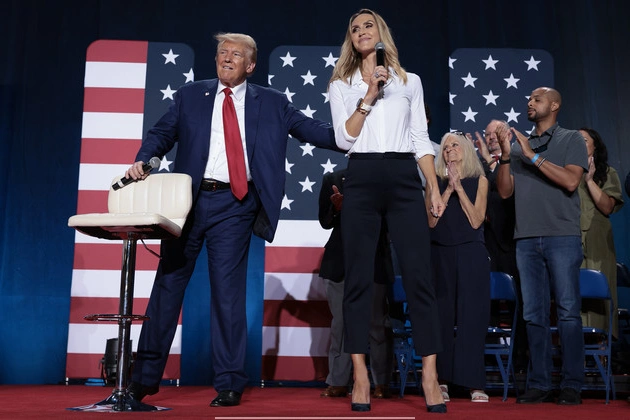
The Trump administration faced delays in releasing a government forecast that predicted a rise in the nation’s trade deficit in farm goods. This forecast, which conflicted with President Trump’s economic messaging on reducing trade imbalances through tariffs, raised concerns among policymakers, farm groups, and commodities traders.
Political Interference in Data
The decision to withhold the report’s analysis drew attention to potential political interference in government reports that are traditionally trusted for accuracy and objectivity. The report’s publication, though delayed, eventually revealed unchanged numbers from the original forecast, emphasizing the importance of transparency in economic data.
Implications for U.S. Agriculture
The quarterly report by the Agriculture Department plays a crucial role in analyzing imports and exports of major farm commodities like cotton and livestock. The revised deficit projection, now at a record $49.5 billion, reflects the complex interplay of economic factors, including tariffs, market demands, and currency valuations.
Republicans leveraged the rising deficit projections during the Biden administration to criticize the handling of U.S. farm exports. Previous forecasts and current data underscore the challenges in balancing trade dynamics and promoting agricultural policies effectively.
Factors Influencing Trade Deficits
While tariffs impact trade balances, other factors like consumer preferences, currency values, and market demands also contribute to deficit fluctuations. The intricate relationship between imports and exports, coupled with global market trends, necessitates a comprehensive approach to address trade challenges.
Future of U.S. Agriculture
Amidst trade uncertainties and evolving economic landscapes, the agriculture sector faces ongoing challenges and opportunities. The role of tariffs, export promotion, and policy initiatives remains pivotal in shaping the trajectory of American agricultural exports and market competitiveness.
Stay updated on the latest developments in U.S. agriculture and trade policies to navigate the dynamic global market effectively.











